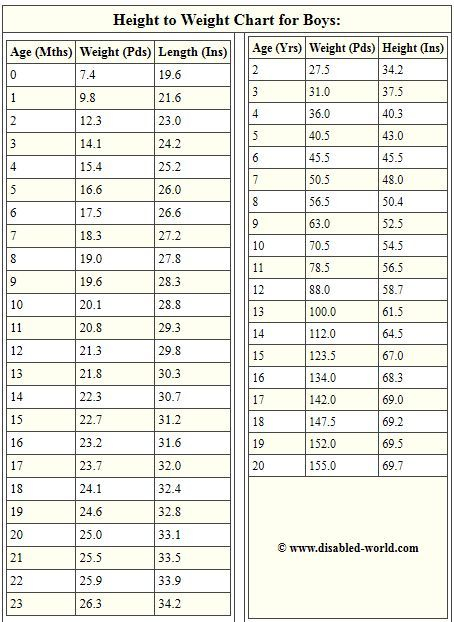Monitoring your baby’s weight is an important aspect of their overall health and development. A baby’s weight can vary greatly in the first year of life, so it’s essential to track their progress using an infant weight chart in pounds. These charts help parents and healthcare providers ensure that the baby is growing at a healthy rate.
Most babies are born weighing between 5.5 and 10 pounds. In the first few weeks of life, it is normal for babies to lose some weight before starting to gain it back. By the time they are 2 weeks old, most babies will have regained their birth weight. After this point, babies typically gain around 1-2 pounds per month for the first few months of life.
Infant Weight Chart Lbs
Using an Infant Weight Chart
Infant weight charts are typically divided into percentiles, which show how a baby’s weight compares to other babies of the same age. For example, if your baby is in the 50th percentile for weight, it means that half of babies their age weigh more, and half weigh less. Healthcare providers use these percentiles to track a baby’s growth over time and ensure they are staying on track.
If you are concerned about your baby’s weight, it’s essential to consult with their pediatrician. They can provide guidance on feeding and growth expectations based on your baby’s individual needs. Remember that every baby is different, and it’s essential to focus on overall health and development rather than just weight alone.
Conclusion
Monitoring your baby’s weight using an infant weight chart in pounds is an important part of their overall health and development. By understanding how your baby’s weight compares to other babies their age, you can ensure they are growing at a healthy rate. Remember to consult with your baby’s pediatrician if you have any concerns about their weight or growth.
